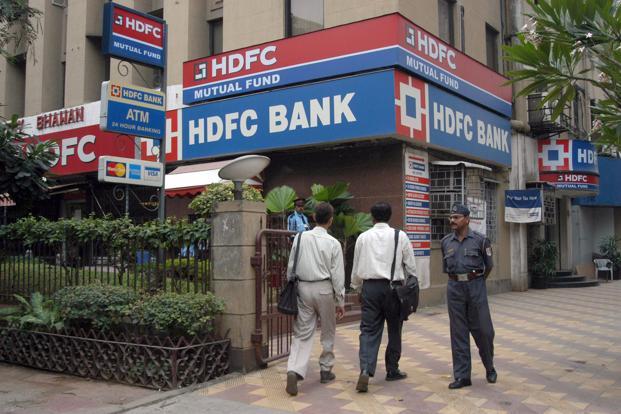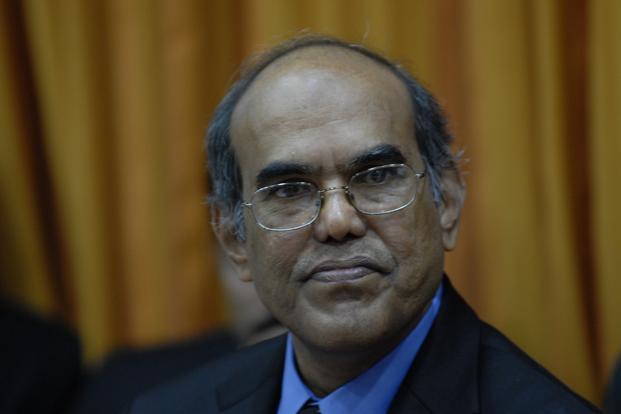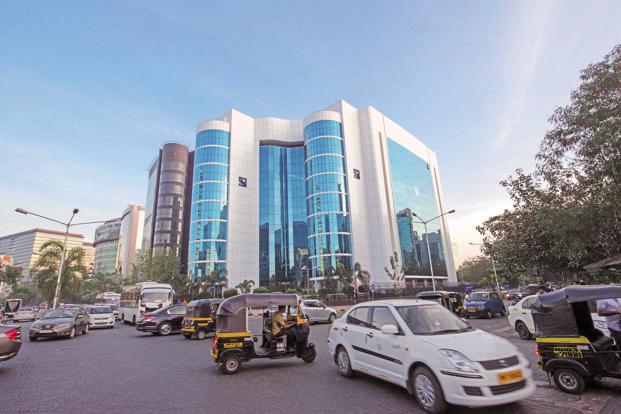Private sector lender HDFC Bank Ltd, India’s most valuable bank, has increased its base rate—or minimum lending rate—by 20 basis points to 10%. One basis point is one-hundredth of a percentage point.
This is in response to the Reserve Bank of India’s (RBI) 25 basis points hike in repurchase or repo rate on 29 October in its second quarter review of monetary policy.
The new base rate of HDFC Bank took effect on 2 November.
Along with the repo rate hike, RBI cut the marginal standing facility (MSF) rate by an identical margin to 8.75%.
The repo rate now stands at 7.75%, up from 7.25% in September, after being raised twice by 25 basis points each, in the past two months.
While the cut in the MSF rate has reduced the cost of short-term money, such as commercial papers and certificates of deposits as well as overnight call money, the repo rate hike has raised the cost of money at the medium and longer end. This is why HDFC Bank has increased its base rate.
The last time HDFC Bank raised its base rate was on 3 August—by 20 basis points to 9.8%. This was done in the wake of RBI’s liquidity tightening measures in mid-July. The Indian central bank raised the MSF rate by 200 basis points to 10.25% to make short-term money expensive and stamp out currency speculators from the market. It also capped banks’ access to the repo window.
It won’t be a surprise if other banks start raising their base rates soon. While the cost of money has gone up following the repo rate hike, banks are also seeing borrowers coming forward to raise loans. In the fiscal so far, credit growth has been 6.7%, up from 4.4% last year. On a year-on-year basis, credit growth is 16.8%, higher than 15.9% in the year-ago period. With both the demand for credit and cost of resources rising, it’s only logical that banks will raise their loan rates.
The asset-liability committee, or Alco, of State Bank of India (SBI), the nation’s largest lender by asset, met last week but it refrained from taking any decisions on a loan rate hike. Instead, it decided to lift the rate of a particular segment of deposit. SBI had last raised its base rate—by 10 basis points to 9.8%—in September, a day ahead of RBI’s mid-quarter review of monetary policy.
The Indian central bank is expected to raise its policy rate again if inflation is not tamed. Wholesale inflation quickened to a four-month high of 6.46% in September and retail inflation accelerated to 9.84% in September from 9.52% in August. To generate resources and meet the rising credit demand, banks are expected to raise their deposit rates too along with their base rates.



